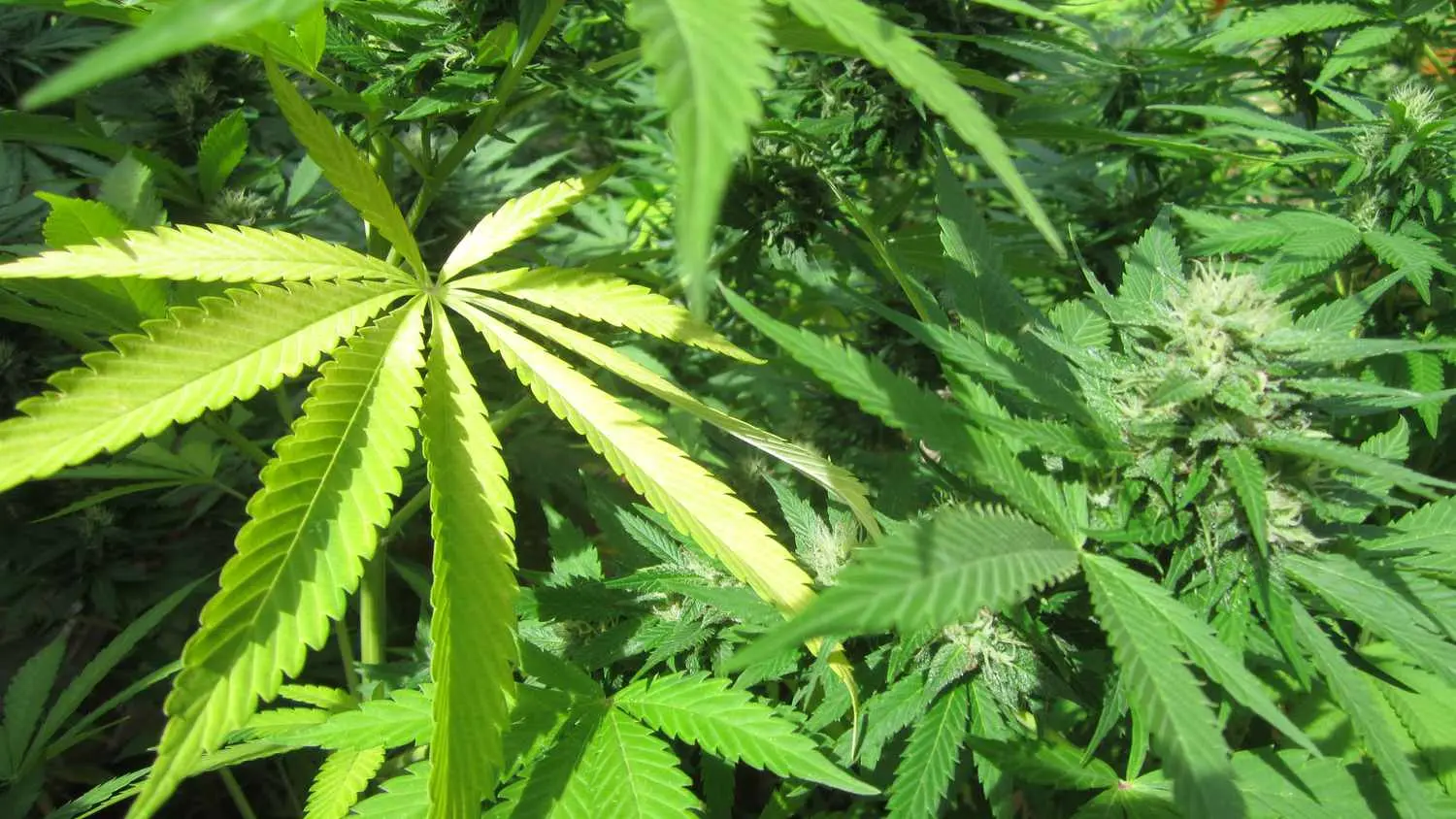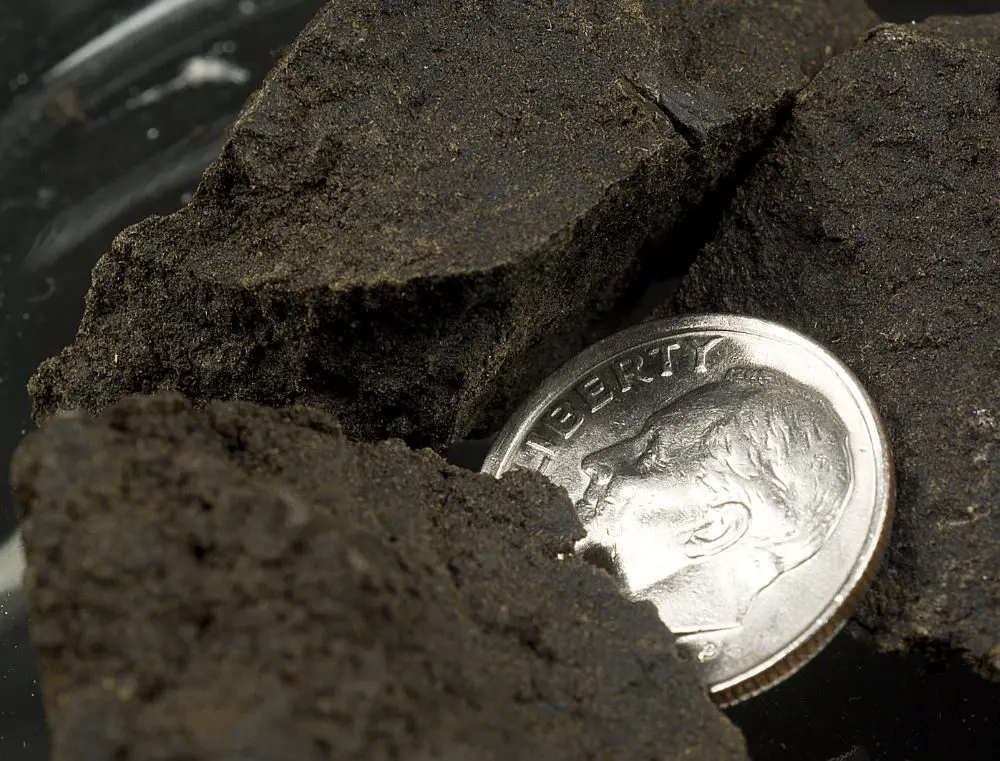Hashish, commonly known as hash, is a cannabis concentrate that has been used for centuries in various cultures for both medicinal and recreational purposes. This article will delve into the world of smoked hash, discussing its effects, methods of consumption, and its cultural significance.
Understanding the Risks
Short-term effects of hashish include disrupted learning and memory, difficulty with thinking and problem-solving, distorted perception, loss of motor coordination, increased heart rate, and anxiety. These effects are even more pronounced when hashish is combined with other drugs, including alcohol. Dry mouth is also a common side effect of using hashish.

Furthermore, smoking hashish increases the risk of chronic cough and bronchitis. It also poses a higher risk of schizophrenia in vulnerable individuals and may contribute to anxiety, depression, and a set of attitude and personality changes known as amotivational syndrome. This syndrome is characterized by a diminished ability to carry out long-term plans, apathy, decreased attention to appearance and behavior, and reduced ability to concentrate for extended periods of time. These changes can have a negative impact on academic performance. Additionally, hashish can lead to addiction, affecting the brain's reward system in a similar manner to other addictive substances.
How to Smoke Charas
Charas, also known as Indian hashish, is a cannabis concentrate made from the resin of live cannabis plants. It is predominantly handmade in the Indian subcontinent and Jamaica. Charas is distinct from hashish as it is derived from live plants, whereas hashish is made from dried cannabis plants.
In the Indian subcontinent, charas has a long history of use for medicinal and religious purposes. It plays a significant role in the culture and rituals of certain sects of the Hindu religion, particularly among the Shaivas. Charas is venerated by some as one of the aspects of Lord Shiva. Despite its cultural and historical significance, charas was made illegal in India in 1985 under pressure from the United States.
Charas is often smoked by Indian sadhus for religious purposes. It is also used by the Naga Sadhus, Aghoris, and Tantric Bhairava sects as an integral part of their religious practices. Many individuals smoke charas using clay pipes called chillums, which are covered with a cotton cloth at the smoking end. Before lighting the chillum, they chant the many names of Shiva in veneration. Charas is readily available in various locations in India, such as the Parvati Valley, Kashmir, and Malana.
Cultivation and Manufacture
High-quality hashish in India is derived from cannabis plants grown in the mountains or smuggled in from Pakistan and Afghanistan. The variety from Himachal Pradesh is considered to be of the highest quality. Hand-harvesting is the traditional method used to make charas, where the flowering buds of live cannabis plants are rubbed between the palms of the harvesters' hands to extract the resin.
It's worth noting that the cultivation, trafficking, and consumption of charas are prohibited in many countries due to legal restrictions and international pressure. However, charas remains popular in the Indian subcontinent, especially among those who use it for religious purposes.

Smoked hash, particularly charas, has a rich cultural history and significance in certain regions. However, it's important to be aware of the potential risks and side effects associated with its use. Short-term effects can impact cognitive function and motor coordination, while long-term use may contribute to mental health issues and addiction. As with any substance, moderation and responsible use are key.
If you want to know other articles similar to Smoked hash: risks, traditions & cultural significance you can visit the Cannabis category.


Related Articles